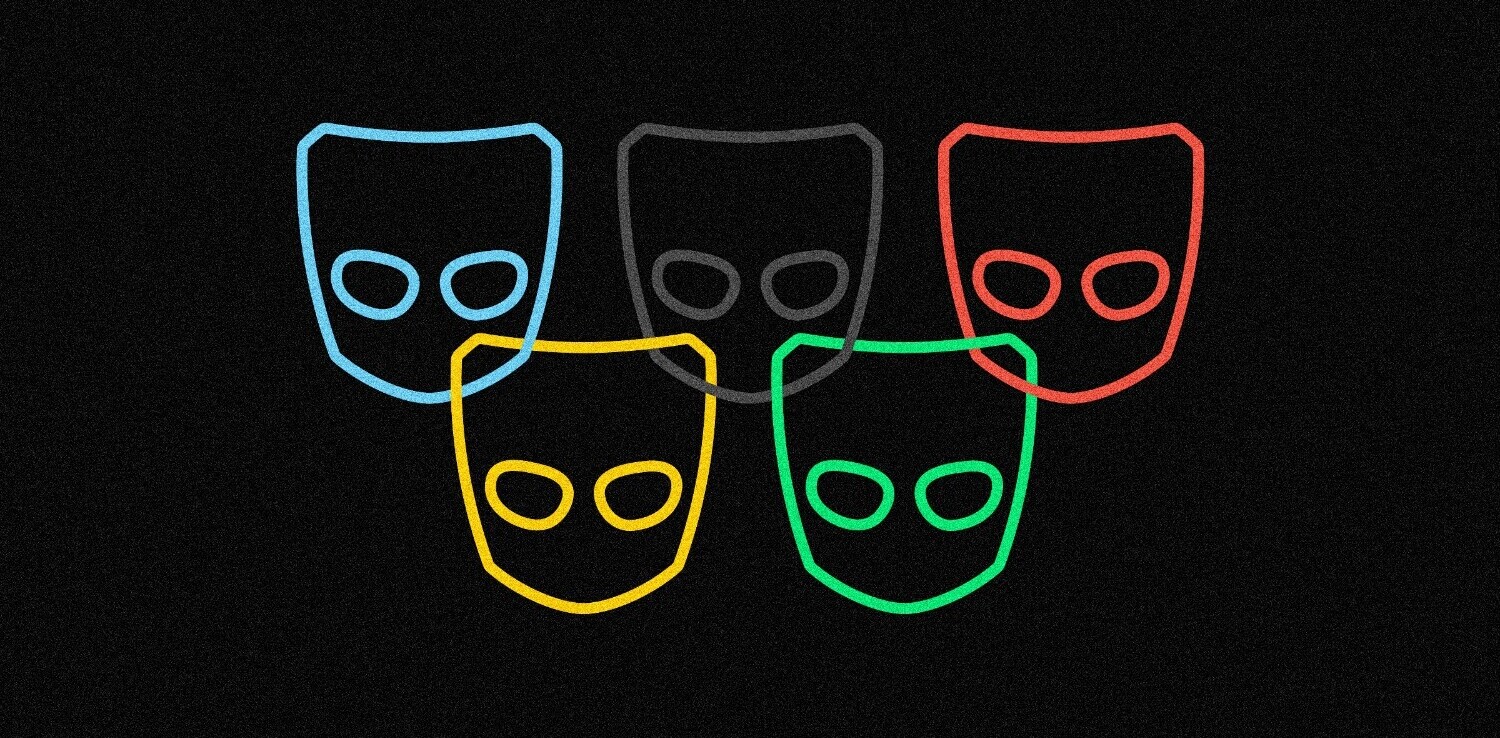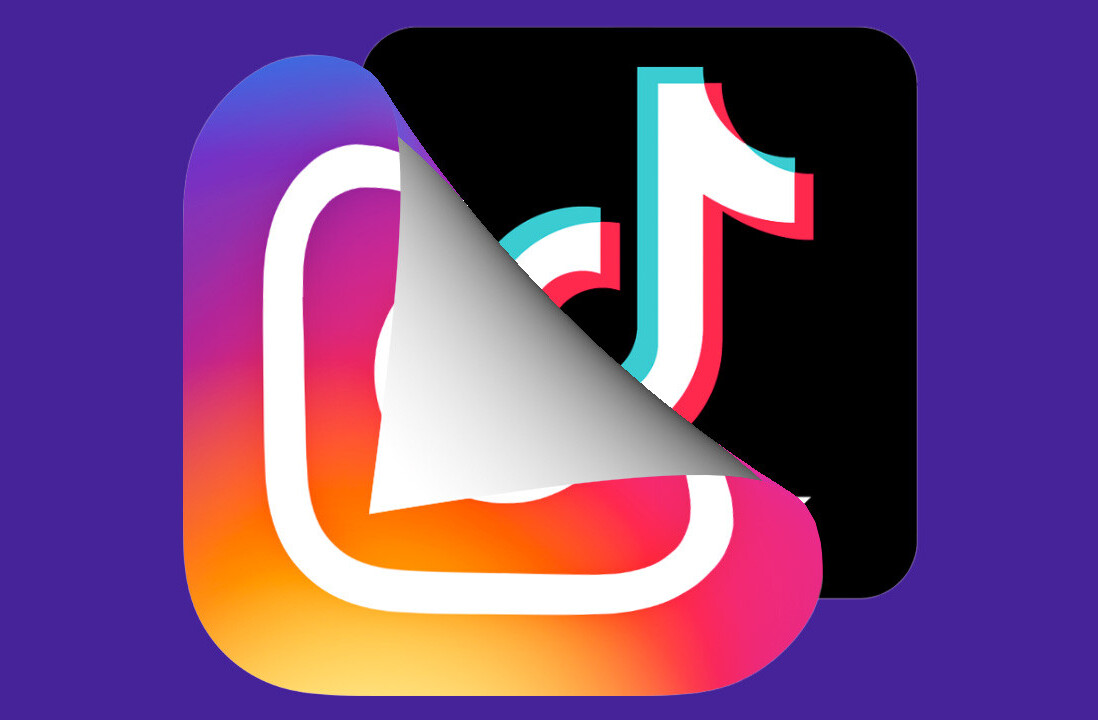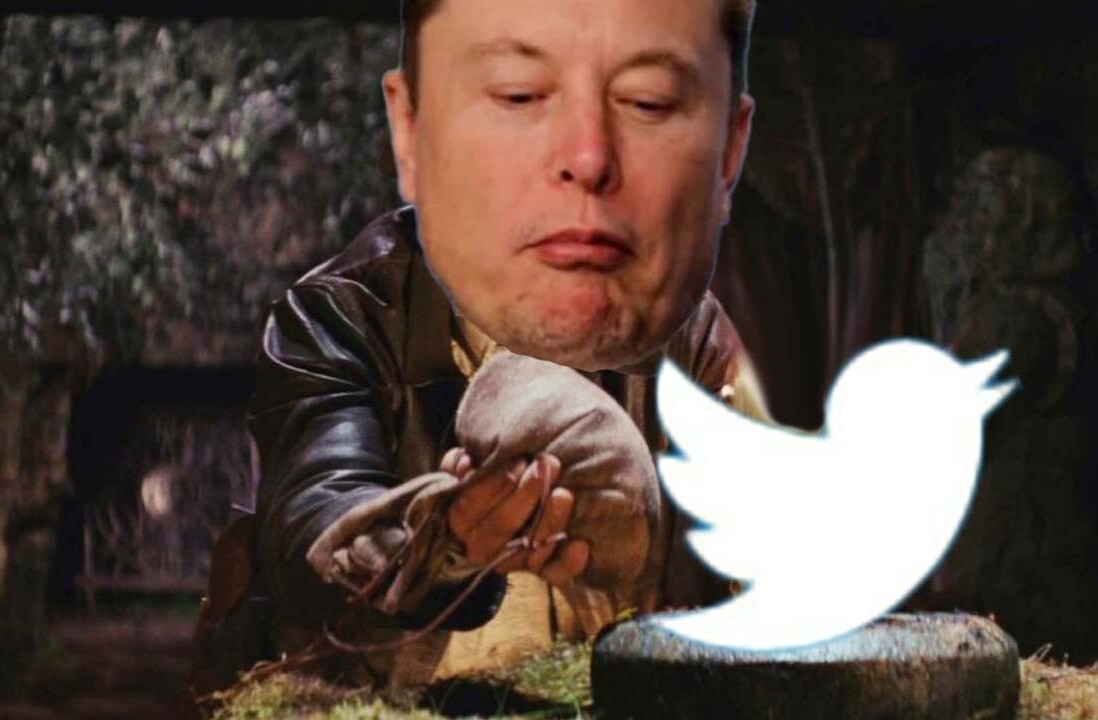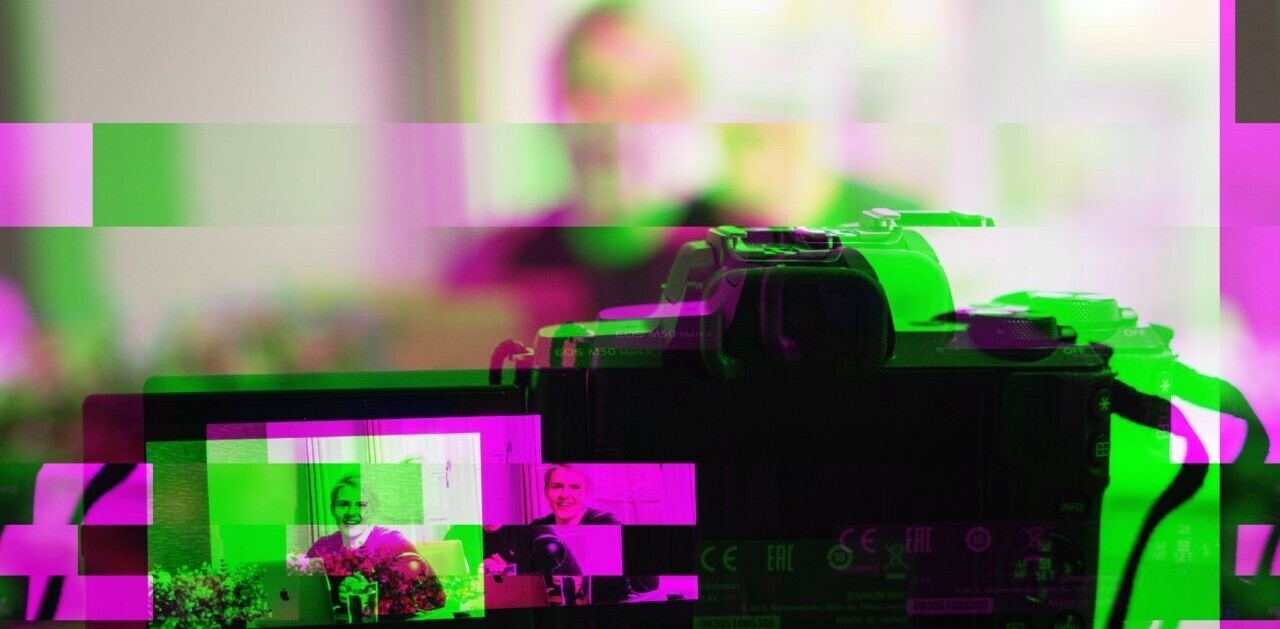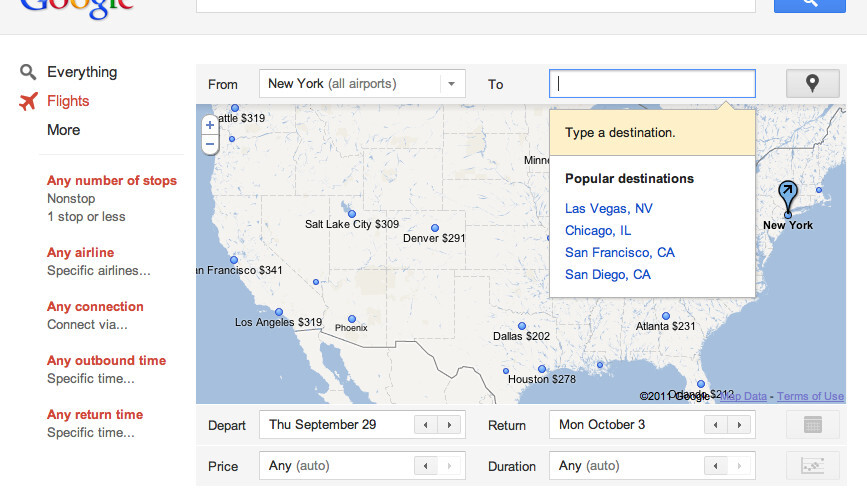
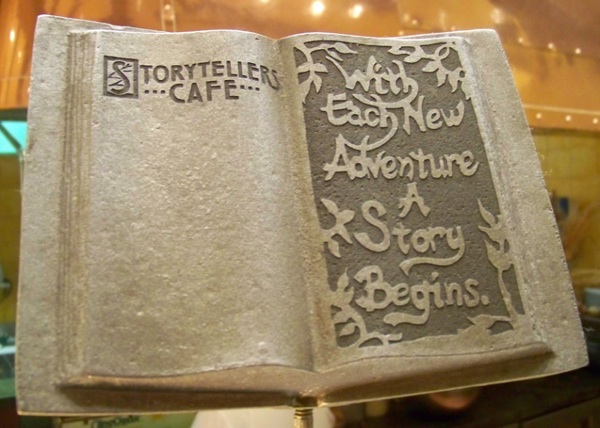 “A long time ago in a galaxy far, far away…” 10 words that have managed to excite people for more than three decades now and signify the opening of one of the most powerful stories ever told in cinema. With Star Wars, George Lucas managed to build a compelling story using the most common archetypes in mythology: good guy turns bad, dad-son conflict, girl-guy fight then fall in love, catharsis. Through a great story he created a mythological brand, much like J.K. Rowling later did with the Harry Potter books.
“A long time ago in a galaxy far, far away…” 10 words that have managed to excite people for more than three decades now and signify the opening of one of the most powerful stories ever told in cinema. With Star Wars, George Lucas managed to build a compelling story using the most common archetypes in mythology: good guy turns bad, dad-son conflict, girl-guy fight then fall in love, catharsis. Through a great story he created a mythological brand, much like J.K. Rowling later did with the Harry Potter books.
What mythological brands and mythic brands have in common is great stories that inspire people and connect with them emotionally. In the words of Seth Godin “…if I were trying to invent a mythic brand, I’d want to be sure that there was a story, not just a product or a pile of facts. That story would promise (and deliver) a heroic outcome. And there needs to be growth and mystery as well, so the user can fill in her own blanks.”
Mystery. Emotion. Senses. How does one translate these ideas in a universe of tweets and status updates? That’s where, for me, “content strategists” always get it wrong right off the bat. The word content is so void of emotion, even an aluminum can has content (tuna maybe)! They need a new title as “myth master”, “chief of storytelling” or “consumer’s whisperer”, to convince me they have a clue about what modern myths are made of.
Until today brands have been using storytelling to promote their heritage and authenticity, but how relevant are stories about heritage and tradition in a world where the “now” is already too late? Today, the relationship between brand and consumer is defined by a constant swap of the roles: creator and audience. So what is the state of storytelling for brands today? How can you leverage social media to engage people and unravel your myth?
- Embrace consumers’ stories. The greatest stories are always the ones infused with personal experience and raw emotion. In a world where a customer’s tweet about a product can be as influential as a multimillion dollar advertisement campaign, it makes sense to engage into a real-time dialogue with your customers and make them co-authors of your brand’s story. My Charity Water does just that by letting people create their profile and say why this charity is important to them, making fundraising even more personal and inspiring. Fans’ feedback may be a review, a fan fiction piece, spoofs of ads and websites or whole blogs. Find where the discussion takes place and show you are listening to their side of the story too. Diane Von Furstenberg did just that when Caitlin Gallagher posted a link to her blog The DVF experiment, where she writes about her commitment to wear the iconic Julian Wrap dress in black, on DVF’s wall on Facebook. Diane Von Furstenberg was quick to embrace the project and invite the blogger to her office. “If you believe that word of mouth is the best way to communicate, who could give a better reputation to the wrap dress than Caitlin’s experiment?,” Von Furstenberg said in an e-mail. Microsoft with Bizspark created an environment to enable it’s clients to share their stories and inspire others. By enticing people to become the heart of their business, Bizsparks has managed to grow into a community of over 35,000 startups. L’Oréal Paris reached out to its audience through the community of Polyvore asking them to create their own L’Oréal mood boards through Polyvores’s web styling tool to enter a chance to win a $1500 shopping spree. The contest may have ended, but new mood boards featuring L’Oréal’s products are created daily.
- Make use of the moment. With an information overload and numerous sources of content fighting for people’s attention, getting someone to read even 140 characters could be the 13th of the labours of Hercules. On the plus side, building a brand online presents the opportunity to respond almost instantly to any communication opportunity. Converse with Converse Domaination achieved this by following Google trends and seizing the opportunity to transform ad spaces into game spaces with the help of Google ad words. They’ve created a “galaxy” of mini-sites to engage with their visitors in a fun way. DMDC, a digital marketing & design consultancy agency based in Brighton did it with a video tutorial about creating the infamous Gap logo in less than a minute. Their message was: “Anyone can create a logo in less than one minute… but at DMDC we love to spend a little bit more time for our clients.”
- Say it with a video. If a picture is worth a thousand words, then you do the math on how much a 4 minute video is worth. For instance, Ralph Lauren created the RL gang, a clickable video, where you can click and shop “the looks of the stars” through a children’s story. Dior did it with the Lady Dior saga, a series of four high quality movies (6 to 12 minutes each), starring Marion Cotillard and the use of selected blogs and Twitter to spread the word, as well as a a contest, allowing people to discover clues on partner sites. The results: the film was referenced on 1 million sites worldwide and Dior sites saw as many visits in a month as they usually see in 6 months. Burberry, which reinvented itself from an “old” and conservative to a “young” and hip brand, re-enforces its new identity with Burberry Acoustic, a series of videos highlighting the work of emerging British bands.
- Mix the online/offline world. According to American Scientist magazine‘s research on what affects people’s buying decisions more: a picture of a product, a description of it, or the real thing, revealed that the people who saw the real thing were willing to pay, on average, 50% more. Digital plays a big part in our purchasing decisions, but gaining the customer in-store is still a battle to be won. So what does this mean? That you should extend the tread of your story from the online to the offline world and vice versa. You could use augmented reality like Olympus did for Olympus PEN creating a useful demo, or like Adidas did with The Adidas Neighborhood in a more playful mood. Interaction with tablets to get more product information in stores is starting to get almost mainstream, and more phantasmagoric uses of technology are put into use by luxury brands, like the recent 4D show “The Official Ralph Lauren 4D Experience” at Ralph Lauren’s stores in New York and London and Burberry 3D streaming shows from London Fashion Week. The footage was shown at custom-designed spaces in some of the world’s most fashion forward cities, including New York, LA, Dubai, Paris and Tokyo.
- Go mobile. The time when brands would release their message in traditional media and wait for their audience to harvest it, is long gone. Nowadays you must reach out to your audience and deliver the message one to one. You need to find them wherever they are and when they are on the go. Adidas, making a strong stand as streetwear and not just sportswear brand, created an iPhone interactive travel guide listing Berlin’s best graffiti, Adidas Urban Art Guide to Berlin. Nike released the iPhone app True City with info from Nike’s insiders, local artists, designers, athelets, bloggers, in each city about happenings, hot spots and of course Nike shopping and product info. Also, see our recent story on Range Rover’s Geo-Mapping mobile app.
- Spread your message across different touchpoints, but keep each piece of the story supportive to the overall experience. Much like pieces of Lego, brands have used mini-stories in different communication platforms to build up whole worlds, like Coke’s Happiness Factory, Ikea’s Easy to Assemble web series or Audi’s Art of the Heist alternate reality game.
- Bring your A game. Technologies like Kinect are already considered a game-changer in marketing, but also gaming techniques used widely in social media (ex. badges) are considered very effective in engaging people on a deeper level. Jimmy Choo brought it’s game with the Catch A Choo Foursquare campaign for the launch of the Jimmy Choo sneakers in London, M&M’s FindRed campaign, based inside Google Street View, whereas Levi’s mixed the online and offline world for it’s treasurehunt.
And for the “happily ever after”, a quote from Joseph Campbell: “[Stories of mythology] are the edge, the interface between what can be known and what is never to be discovered, because it’s a mystery transcendent of all human research. The source of life. What is it? No one knows. Mythology pitches the mind beyond that rim, to what can be known but not told.”
What are your favorite stories?
Get the TNW newsletter
Get the most important tech news in your inbox each week.
